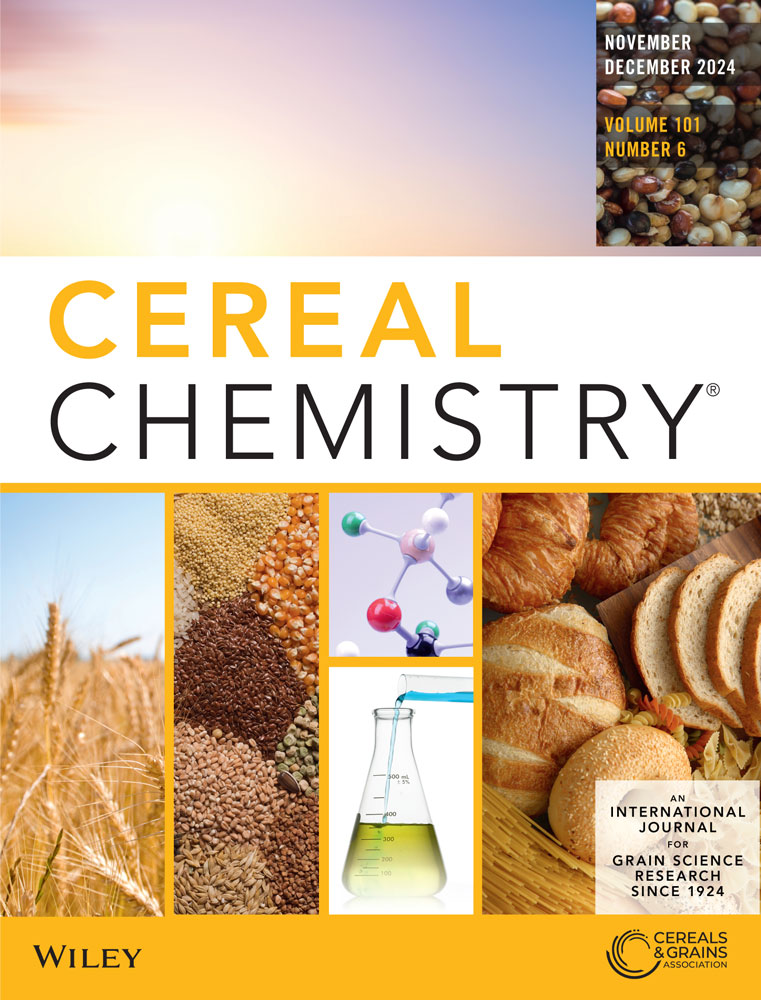It is of utmost importance for the instant rice processing sector to reassess its methodologies to enhance the overall quality of instantized rice products. This study aimed to analyze how the combination of microwave (MW) drying and convective heated air drying influences the quality of instantized rice. Novel approaches for drying precooked rice were explored, involving the utilization of an industrial MW operating at a frequency of 915 MHz with treatment conditions set at 4 kW power for 8 min. This was followed by two distinct convective oven drying strategies, each lasting 4 min. Specifically, stepwise convective hot air drying involved progressively decreasing temperatures, while constant temperature convective hot air drying maintained a consistent temperature. The convective hot air-drying temperatures ranged from 160°C to 230°C, while the constant temperature options were either 160°C or 200°C. Both strategies encompassed three relative humidity levels (20%, 40%, and 60%). The impact of these techniques on the quality attributes of a newly developed long-grain (LG) hybrid rice variety, RT 7521 FP, was assessed.
The drying approach and percentage RH significantly impacted the percentage points of moisture removed, with both their p values smaller than .01. For water activity, the main effect of the drying approach was significant because the p values of its hypothesis test were smaller than .05. The results showed that increasing the percentage of RH increases the mean water activity under the constant medium, constant high, and stepwise medium approaches. MW drying followed by a Constant high approach under 40% RH had a higher rehydration ratio value of instantized rice than all other drying treatments. The second highest rehydration ratio was observed in MW drying, followed by stepwise high treatments. None of the effects of the factors of RH and drying approach were significant for the rehydration ratio because their p values were all larger than .05. For bulk density, the main effects of RH and the drying approach were not significant since their p values were larger than .05. The drying temperature had significant impacts on textural parameters such as hardness, adhesiveness, cohesiveness, gumminess, chewiness, and resilience, except springiness. RH impacted both adhesiveness and resilience. All parameters measured, including percentage RH and drying approach, did not significantly impact the rehydration ratio, color, and bulk density of treated instant rice samples (p > .05).
Prediction profiler for multiattribute optimization using a desirability function approach from John's Macintosh Project Pro 17 statistical software was used to identify the best setting of RH and the drying approach that maximizes the percentage of moisture content removed, minimizes water activity, and reaches an adhesiveness and resilience values close to −4.615 and 0.6722, respectively. The best setting for RH was identified as 20%, and the best drying approach was stepwise high. Under these settings, the predicted mean percentage of moisture removed, water activity, adhesiveness, and resilience of the models were 44.43%, 0.478, −9.02, and 0.5, respectively. Therefore, these settings are recommended to achieve rice samples with attractive moisture content removed, water activity, adhesiveness, and resilience.
The study has provided crucial information on the instantizing potential of a new variety of hybrid rice and the feasibility of combining a 915 MHz industrial MW and convective hot air to dry and obtain instant rice with improved quality attributes, including high rehydration ratios for shorter cooking times, lighter weight, and longer shelf life. The information generated from this study may be useful to guide decisions on drying conditions for industrial processing of instantized rice with premium quality.


